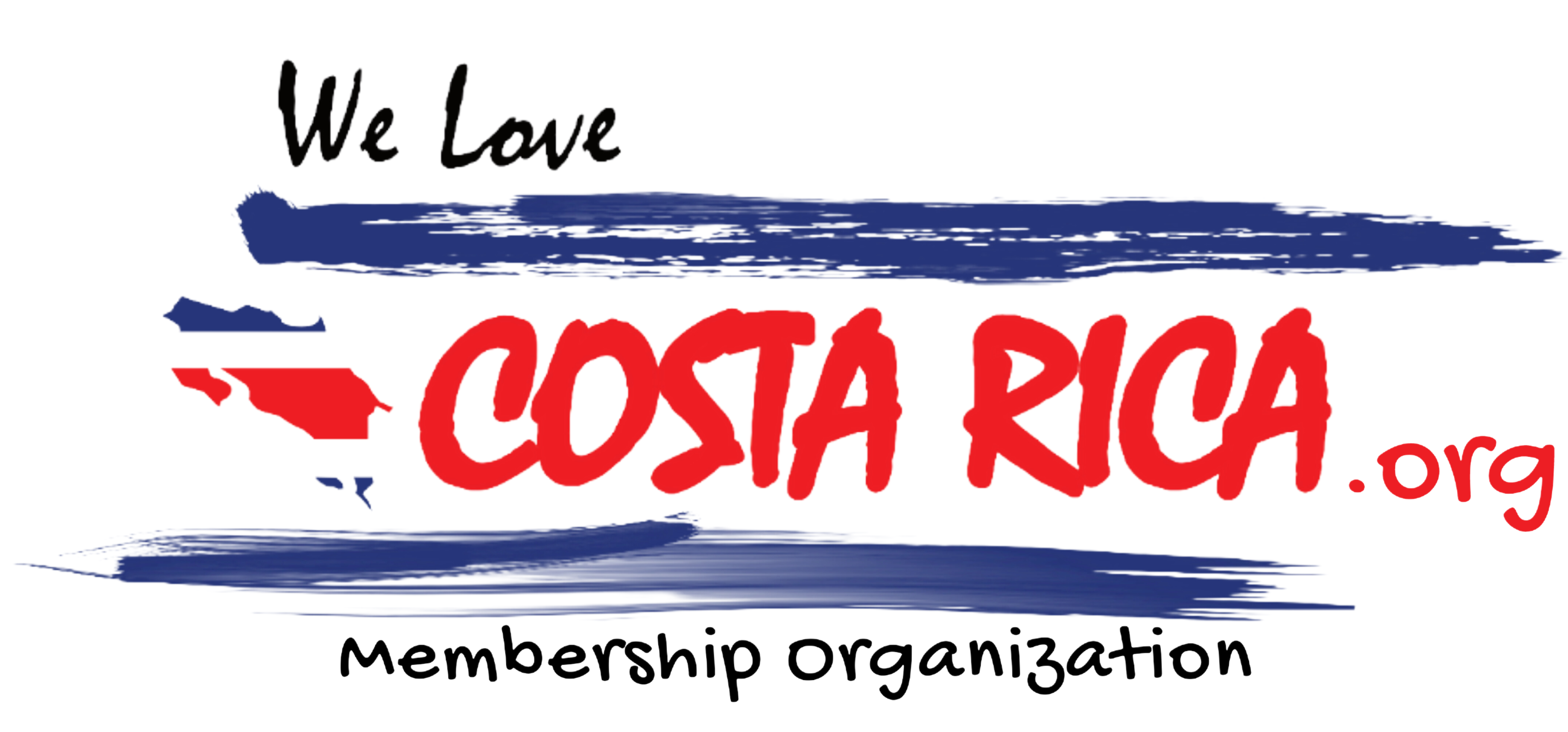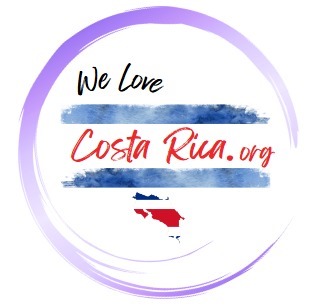Location: Data (provinces)

Costa Rica is located in Central America inbetween Nicaragua at north with whom it shares 309 Km of frontier and 330 Km of frontier with Panamá at south. It’s a small 51 179 km² territory plus 58 9000 km² of territorial waters. It borders the Caribbean Sea to the east and the Pacific Ocean to the west, with a total extension of 1,290 km of coastline: 212 km on the Caribbean coast and 1,016 km on the Pacific coast.
Costa Rica, officially the Republic of Costa Rica, is a sovereign state organized as a unitary presidential republic composed of 7 provinces.
It’s official language is Spanish.
San José
Climate: Tropical rainy, premontane and montane. Indigenous groups: Huetár (Mora) and Cabécar (Pérez Zeledón).
Usually when you visit the province of San José you would most likely stay in the main city due to a business trip, school matters, medical tourism or a quick visit to museums and Costa Rica’s history. However, with 4,966 km² you can also visit many other beutiful places full of nature, furthermore, if you are in Tinamaste, Perez Zeledón that would only be a 25min drive to Dominical beach. So, next time you think of San José, think outside the box!
Heredia
Climate: Tropical rainy, premontane and montane.
Heredia’s versatility makes it a great place to visit. With amazing mountain views, landscapes, a magical volcano, sunny and also rainny towns, full of nature, waterfalls, rivers and national parks it is only 26 minutes away from San José and 20 min from the International Airport.The perfect mix of nature and city, Heredia will never let you down when visiting. City of flowers, amazing weather and flexibility to anything you may need, the province of Heredia will take care of you and your family.
Alajuela
Climate: Tropical rainy, dry, premontane and montane.
Indigenous groups: Guatuso/Maleku (Guatuso, San Carlos). Alajuela is a big province so you will be able to find a variety of sub-climates, landscapes and opportunities to have a fun time. It is also a big city full of history and well it is in this province where you’ll proobably land when you come to Costa Rica at the Juan Santamaría International Airport. Either you need to go to San José, Guanacaste, Puntarenas or Nicaragua, Alajuela got you! From places like Orotina, perfectly conical shape of the Arenal volcano, hotsprings in San Carlos, the mountainous forests of the Poás volcano is Alajuela the province you need to visit.
Guanacaste
Climate: Tropical Dry, Rainy and Premontane.
Indigenous groups: Chorotega (Hojancha, Nicoya). Coasts bathed by the Pacific Ocean where tropical climate and outstanding landscaping meet to conform the perfect formula to live +100 years old -as is the Peninsula de Nicoya is one of the 5 Blue Zones in the world- and the most visited places in Costa Rica by tourist and home of an ample comunity of expats.
Its the sunniest and dryer area in Costa Rica so I promise that when you visit it you’ll feel like in an African landscape. Adventure, nature, relaxation, the warmthness of the tropic, rich culture and the ancestral gastronomy of the children of corn. It’s also located the Guanacaste Conservation Area which integrates a large and vast marine-coastal ecosystems, tropical dry forest, tropical rainforest and tropical cloud forest, where it is estimated that it contains 65% of the estimated species in Costa Rica and 2.6% of the world’s biodiversity.
Cartago
Climate: Tropical rainy, montane and subalpine.
Indigenous groups: Cabécar (Turrialba). City of the Basílica home of “La Negrita” Virgen de Los Ángeles, anually La Negrita is visited by thousands of believers in a pilgrimage every August 2nd.
Simultaneusly, Cartago’s province houses an acient indigenous settlement that keeps a mistery investigated by the scientific community aorund the world, the stone spheres; located in Guayabo, Turrialba the Monument holds the designation of World Heritage of Civil Engineering, a designation granted by the American Association of Civil Engineers built in a period of time between 1000 B.C. and 1400 A.D., for a prolonged occupation of approximately 2,400 years. The old metrópolis, Cartago’s province is very much liked because of it’s climate. A Paradise in the clouds, fresh dairy products, a vast agriculture sector from potatoes to ornamental plants.
Puntarenas
Climate: Tropical rainy, dry, montane and subalpine.
Indigenous groups: Teribe, Bribri, Brunca and Cabécar (Buenos Aires ), Ngäbe (Corredores, Coto Brus, Golfito, Buenos Aires). Being the largest province in Costa Rica you can only imagine what it has to offer. From the Nicoya’s Gulf all the way to Panamá the Northen, Central and South Pacific will always feed your soul and heal your body and mind. It doesn’t matter in what corner of CR you’re at, you will find history, culture, nature, a colorful town to do your diligences and Puntarenas will not disappoint you.
While you can enjoy of a marine in Quipus or Golfito, being part of the “Diablitos” festival experiencing ancestral rituals and celebrations from indigenous people, you can also find beach towns to go out at night and shop at daytime or venture to the most remote but shocking places you’ll ever see like Corcovado or the world class waves of Pavones if you love to surf.
Limón
Climate: Tropical rainy, montane and subalpine.
Indigenous groups: Bribri (Talamanca), Cabécar (Limón, Matina, Siquirres and Talamanca). Even for Costa Ricans going to the caribbean coast it is like entering to another world. The vibe, colors, gastronomy, culture and jungle just makes you forget all about your hectic life back home, some tourist never go back to their countries, the caribbean just traps you and makes you want to stay forever.
Richness is what best describes this province and how can it not if a merge of afrocaribbeans, indigenous people and paradisiac forests blows your mind away. Home of yoga, wellness centers, spas, organic farms, national parks like Tortuguero and Gandoca Manzanillo, ancestral ways of living in Alta Talamanca with the Bribris, Limón will clean your soul and recharge your body with the highest energy posible.
Limón offers 336 km of beaches and important national parks that protect tropical rainforests and coral reefs, as well as hundreds of species of flora and fauna in danger of extinction.

